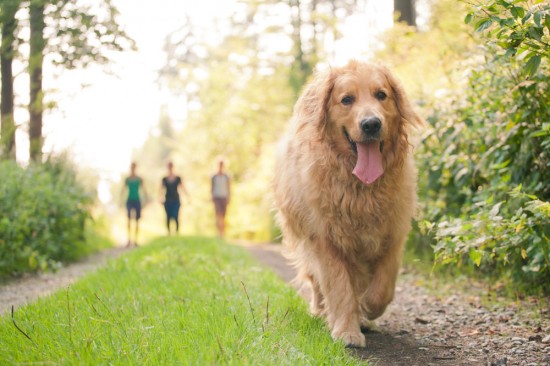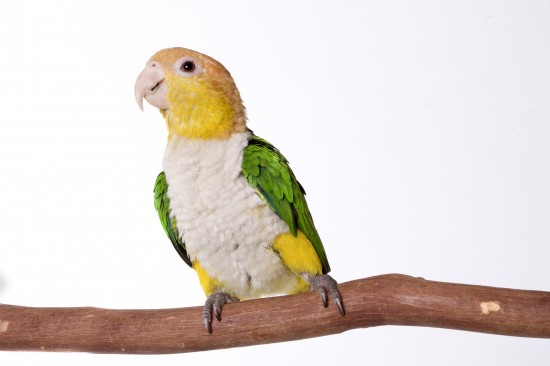
Most of us love our pet dogs so much and it is really heartbreaking when we see them in pain. One common skeletal problem that dogs experience is elbow dysplasia and this disease can be passed on by a dog to her puppies. In this condition, you can find that the elbow of your dog is somewhat incongruent and there has been an arthritic change. The effect of this condition on dogs differs; some dogs can experience only mild pain while others can have extreme pain that can cause them to be crippled. Elbow dysplasia can develop in dogs but there are some breeds that are more prone to this disease compared to the others. Dog breeds like the Labrador, Rottweiler, German Shepherd, Golden Retrievers, and Bernese Mountain Dog are at high risk in developing elbow dysplasia.
The development of the skeletal system of dogs is similar with that of humans. Puppies have more bones compared to a full-grown dog. A single bone of an adult dog, especially the long ones like the bones on the limbs, starts out as different bones that gradually fused together as the dog becomes mature. The elbow of the dogs is jointed, just like the elbows of humans but the difference is that their elbows lie in closer proximity to the chest cavity. The joints are covered with cartilage to ensure that there will be very little friction between the bones. This is also ensured by the presence of a joint fluid that is contained in a capsule and acts as the lubricant between the two bones. However, when the capsule breaks, the fluid seeps through the cracks in the cartilage, causing so much pain for the dog.
The first symptom that you must observe when you suspect that your dog has elbow dysplasia is the difficulty in moving. Your dog can limp and walk without placing his weight on the affected foot. These symptoms usually show up at an early age of four months and may continue getting worse when your dog is around six to twelve months. After this time, the symptoms usually become less severe.
A dog that is limping should be brought immediately to the veterinarian who will use x-ray radiation in order to locate the main problem area. He will then discuss the treatment process which will involve mild, regular exercises. Medications that will decrease the pain and inflammation will also be administered. In some cases, the veterinarian will have to perform surgery to remove the fragments of cartilage that have been chipped off from the joint.
All natural dog tooth paste is a safe alternative for removing tartar from dogs' teeth. Dog teeth scaling is expensive and dangerous for older dogs. Visit Cactus Canyon for more info about avoiding the dangers of scaling by using safe canine teeth cleaning products.
 Retired Racehorses Can Achieve Great Things In Other Disciplines
Retired Racehorse
Retired Racehorses Can Achieve Great Things In Other Disciplines
Retired Racehorse
 Cat Behaviour - What Makes A Cat Behave Like A Cat?
Cat Behaviour - W
Cat Behaviour - What Makes A Cat Behave Like A Cat?
Cat Behaviour - W
 Horse Riding On The Beach
Horse Riding On T
Horse Riding On The Beach
Horse Riding On T
 Dogs And Routine - Why Is A Regular Routine Important?
Dogs And Routine
Dogs And Routine - Why Is A Regular Routine Important?
Dogs And Routine
 Parrot Species - The Caique
Parrot Species -
Parrot Species - The Caique
Parrot Species -
Copyright © 2005-2016 Pet Information All Rights Reserved
Contact us: www162date@outlook.com